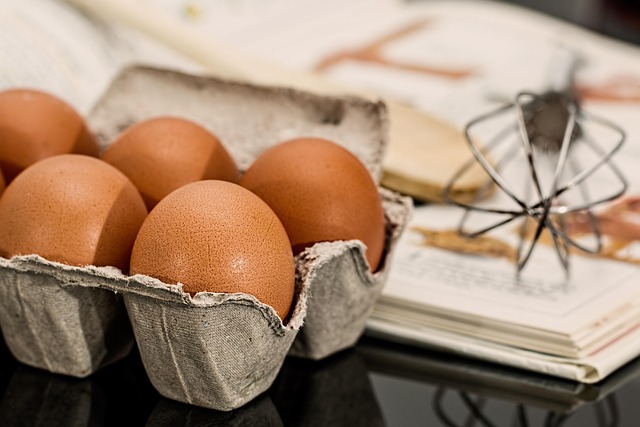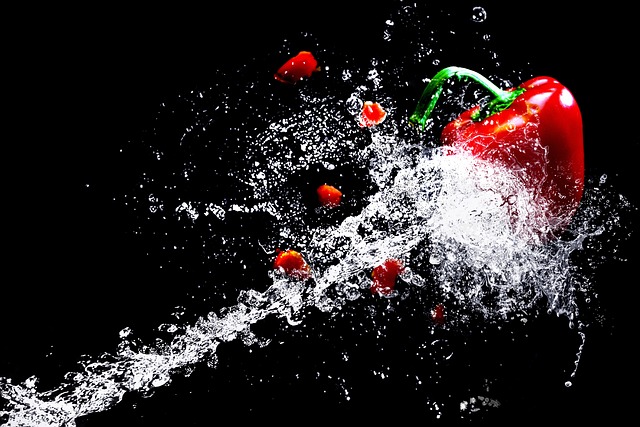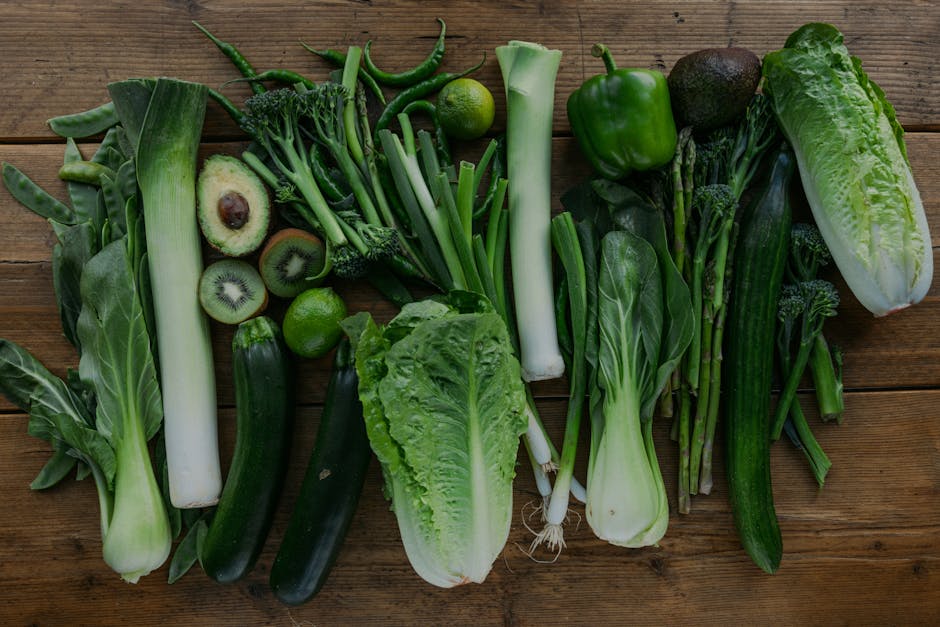Why Food Markets Are the Heartbeat of Culinary Travel
If you really want to get to know a place, skip the guidebook and head straight to the local market. These are more than just spots to grab a snack—they’re cultural cross-sections. The way a community shops, sells, handles food, even haggles, tells you more than a fancy restaurant ever could.
Markets are raw, real, and unfiltered. You’re eating what locals eat, often prepared in front of you, sometimes by the person who grew or caught it. You’re seeing what’s seasonal, what’s precious, and what’s everyday. A butcher’s stall in Oaxaca or a pickle cart in Istanbul can teach you volumes about taste, tradition, and resourcefulness.
This is why food markets matter. They’re not just places to fill your stomach—they’re windows into the values, rhythms, and roots of a culture. If you understand how a community feeds itself, you begin to understand how it lives.
La Boqueria (Barcelona) – Step inside and the colors hit first—reds of jamón serrano, glistening sardines on beds of ice, fruit stalls so vivid it’s like someone cranked the saturation. This isn’t just a market; it’s a Mediterranean canvas. Locals dash in for a few things, but wanderers stay longer, mesmerized by the dance of seafood sizzling on planchas and the chill clink of cava glasses. It’s loud, a little chaotic, and exactly how Barcelona tastes.
Tsukiji Outer Market (Tokyo) – The inner auction may have moved, but the outer market hasn’t lost its soul. Here, precision still rules every cut of tuna, every sliver of sashimi laid with purpose. You feel the rhythm of tradition—knives honed like swords, menus scribbled fast on cardboard, steam rising from tamagoyaki griddles. It’s controlled motion, clean flavors, and some of the purest street bites you’ll find anywhere.
Chatuchak Market (Bangkok) – This place doesn’t whisper; it shouts. It dishes pork skewers and sticky rice beside stalls selling silk shirts and vinyl records. One turn, you’re hit with fish sauce and kaffir lime. Next, it’s incense and frying oil. It’s hot, it’s messy, it’s addictive. You don’t come here for a quiet taste—you come for a full-body flavor assault.
San Juan Market (Mexico City) – Think of it as a masterclass in Mexican ingredients—if your instructors also offer crocodile tacos next to Oaxacan cheese. Stalls swing from everyday staples like dried chiles and mole pastes to exotic fare that feels like culinary dares. It’s not sanitized or tourist-tailored. That’s the point. Come hungry and a little curious.
Marrakech Souks (Morocco) – Dust swirls. Vendors shout. Spice mounds glow like pigment pots. It’s not a market—it’s a maze of scent and sound, from sizzling skewers to hidden corners selling preserved lemons or mint by the bale. Haggling isn’t a choice, it’s a language. Walk slowly. Breathe it in. The flavor kicks in long before you take a bite.
How to Navigate a Food Market Like a Local
Go early. Not just because you’re chasing the freshest pick of the day (you are), but because that’s when the locals shop—and when the real rhythm of the market shows itself. Mid-morning is often too late: crowds are thicker, vendors are tired, and the best stuff is gone. Bring cash, a reusable bag, and a little patience. Don’t bring an entourage or a rolling suitcase. Nobody likes a traffic jam next to the dried chili stall.
Blend in without overthinking it. Walk like you’ve got a plan, but stop often. Let your senses lead you. The best stalls have a line, a smell that makes you pause, and turnover that says this stuff moves fast. If food’s been sitting out too long in the sun, keep walking. If a vendor is actively serving locals but waves you in anyway—that’s your spot.
Language barrier? No big deal. Learn a few basic phrases—”how much,” “one of these,” “thank you.” Point, nod, smile. Most vendors are used to travelers, and warmth goes farther than perfect pronunciation. Want to make a real connection? Ask what’s popular today, or how to eat something—then listen. People light up when you show simple curiosity. This isn’t just shopping—this is how you learn a place, bite by bite.
What You Really Learn From Market Food
Markets do more than just feed people. They tell you how a community survives, celebrates, and defines itself. Start with spice blends—those aren’t just about taste. They’re often layered with centuries of climate-based logic. In hot regions, spices like cumin or chili don’t just add heat—they help preserve food or aid digestion. Fermentation, drying, pickling: these are practical adaptations to temperature, humidity, and scarcity. That jar of preserved lemons in Morocco? It exists because refrigeration didn’t.
Then there’s how people eat, not just what. Handheld meals or shared plates often reveal social structures. Street vendors in Bangkok hand you skewers wrapped in banana leaves—not just eco-friendly, but portable, built for speed. In Ethiopia, injera becomes utensil and plate, turning every bite into a communal act. Food prep isn’t always utilitarian—it’s often ritual. In Japan, slicing sashimi isn’t just skilled work, it borders on ceremony.
All of this leads back to one thing: identity. What’s in the market reflects who people are, how their environment shapes them, and what values they pass forward. It’s not just about what’s fresh or tasty—it’s about legacy. If you want to understand culture, follow the ingredients.
For more on how food reflects identity, check out the Deep Dive: The Role of Culture in Shaping Food Preferences.
Market-to-Table: Cooking with What You Find
It’s one thing to graze your way through a food market. It’s another to actually cook with what you’ve found. In cities from Hanoi to Oaxaca, local cooking classes now start at the market—not in the kitchen. You walk with a chef through open-air stalls, pick your produce, proteins, and spices, then head back to prep and cook. It’s hands-on. It’s grounded. And it makes translation across cultures easier than any phrasebook ever could.
These classes are also practical. You don’t just make an Instagram-worthy plate—you learn how to turn unfamiliar ingredients into meals you can recreate, even back home with supermarket substitutes. That Thai green curry? You’ll know how to temper the spice, balance the herbs, and swap in what you need if galangal or kaffir lime leaves aren’t on the shelf.
And no, you don’t need to smuggle chili paste across customs. The real souvenirs are method and mindset. Next time you’re in your own kitchen, throwing together a meal from whatever’s around, you’ll cook with more intention—and maybe a bit more edge.
Final Take: Look, Listen, and Taste with Intention
Culinary travel isn’t just about sampling flavors—it’s about gaining insight into cultures, people, and histories through what they eat and how they prepare it. Food markets offer a clear, generous lens into daily life, making them essential stops for any serious traveler.
More Than a Meal
Rather than chasing trendy restaurants or curated tasting menus, look to markets for the full, raw experience:
- Listen to local rhythms—from early morning prep to the buzz of mid-day crowds
- Watch daily rituals unfold: deals made, ingredients chosen, meals shared
- Learn the ‘why’ behind the ‘what’ on every plate you try
Food Markets: Raw, Real, and Rewarding
Markets may be noisy, chaotic, and unpolished—but that’s what makes them unforgettable:
- They offer a direct connection to community and tradition
- You’re part of the rhythm, not just a bystander
- No filters—just flavors and local flair
Stay Curious, Stay Hungry
The best travelers are the most curious eaters. Pair open-mindedness with a bit of adventurous spirit:
- Wake up early and immerse yourself in the market buzz
- Don’t be afraid to try something new—or ask how it’s made
- Every bite is a story. Be ready to listen
In the end, the richest souvenirs aren’t things—they’re tastes, conversations, and moments you carry home.


 Charles brings his sharp eye for detail and love of global cuisine to FoodHypeSaga. His writing dives into food culture, exploring fresh trends and unique flavors with a modern perspective.
Charles brings his sharp eye for detail and love of global cuisine to FoodHypeSaga. His writing dives into food culture, exploring fresh trends and unique flavors with a modern perspective.

